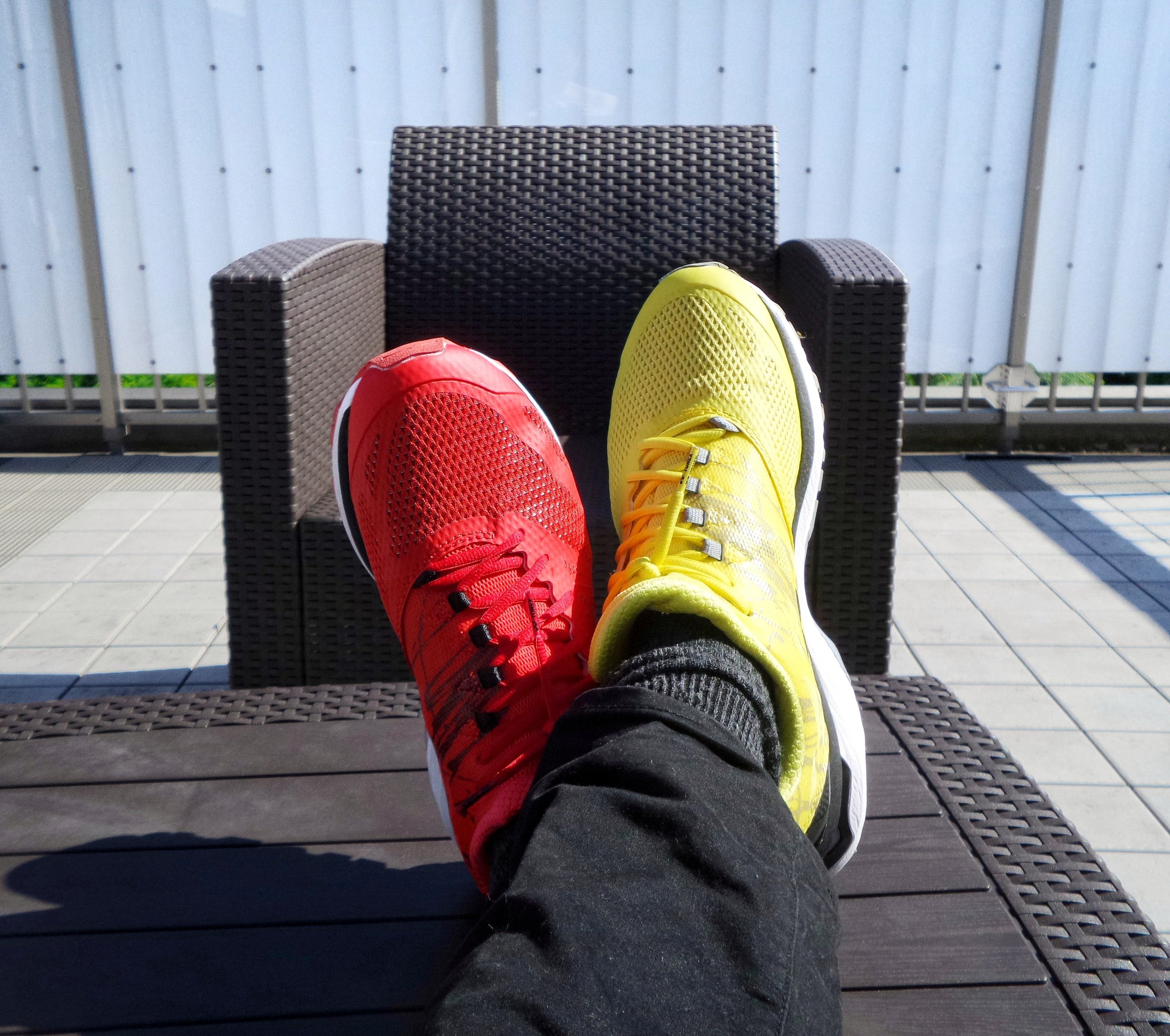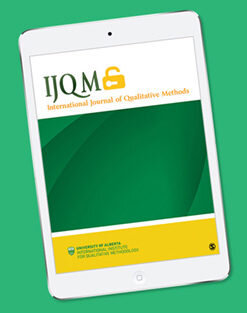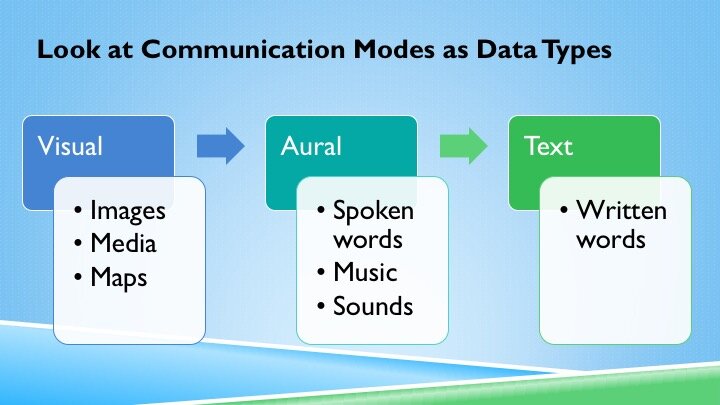A webinar and interview with Dr. Michael Fetters
Dr. Michael Fetters was our Mentor-in-Residence for May 2020, and webinar panelist. He was the editor of the SAGE Journal of Mixed Methods Research, an interdisciplinary, international publication, and author of the practical Mixed Methods Workbook. Use the code COMMUNIT24 for 25% off Sage research books through December 31, 2024.
Also on the webinar panel, Dr. Haynes-Brown, the President of the Mixed Methods International Research Association-Caribbean Chapter (MMIRA-CC).
An interview with Dr. Michael Fetters
I asked him some questions, hoping he could introduce mixed methods to those who are considering this approach, particularly in this extraordinary era of a pandemic.
JS. You are passionate about mixed methods. Why do you think mixed methods social research is important in our current pandemic? How can mixed methods study help us understand problems we are experiencing?
MF. The current COVID-19 pandemic influences virtually every aspect of human existence in the current world. Researchers investigating how humans respond and adapt to this social change of unprecedented scope face highly complex problems that call for a mixed methods research approach. At the Journal of Mixed Methods Research, we have issued a call for papers for a Special Issue that will be devoted to methodological advances in the COVID-19 era. The full editorial provides further details.
JS. What is a good starting point for researchers who are thinking about a mixed methods design?
MF. I would advise reading a succinct introductory paper about mixed methods research such as the Achieving Integration in Mixed Methods Design, or reading an introductory book such as A Concise Introduction to Mixed Methods Research. The Chapter in the Mixed Methods Research Workbook provides step-by-step instructions for creating a mixed methods design figure.What are the most important design considerations for qualitative researchers who want to add a quantitative component?
JS. What are the most important design considerations for quantitative researchers who want to add a qualitative component?
MF. Rather than a mentality of “adding a component”, I believe mixed methods researchers increasingly strive for an integrated approach with equal valuing of both qualitative and quantitative approaches. Mixed methods projects can be qualitatively driven or quantitively driven, but the researchers are still truly valuing both approaches. I urge researchers to work with development of their mixed methods research questions as these ultimately link to mixed methods designs. Chapter 2 in the Mixed Methods Research Workbook help readers start the transition from a research topic to a mixed methods research question. Chapter 3 provides support through a review of the literature.
As the mixed methods research question becomes clearer, the mixed methods design will become clearer as well. I often encourage researchers new to mixed methods research to “try on” each of the core designs. That is, consider what the project look like if you used each of the three core designs. Detailed thinking about what you would do, the results you would get, and the limitations often help clarify what is the best mixed methods design.
JS. Researchers who are trained and experienced with either qualitative or quantitative methods resonate with the world views and mindsets associated with their selected approach. They are sometimes prejudiced against the other. How can they get over their reluctance or biases and embrace mixed methods?
MF. Researchers are strongly influenced by their own world views and Chapter 4 in the Workbook provides guidance to readers for discovering how their own personal backgrounds link to various world views . In my experience, individuals most willing to recognize limitations in particular applications of the research tradition they typically use, are the most open to a mixed methods approach.
For example, a researcher strongly influenced by a quantitative mindset (often called post-positivistic) who can recognize the limitations of a quantitative approach for understanding how or why a research phenomenon occurs, or for understanding the actual lived experiences of humans relative to a phenomenon of interest, can appreciate the integration of qualitative procedures into their work using a mixed methods approach.
Similarly, a researcher strongly influences by a qualitative mindset (a view often called constructivist) who can recognize difficulty making conclusions about a larger population, or difficulty assessing causality, can approach the integration of quantitative procedures into their work using a mixed methods approach.
JS. Your new SAGE publication is a workbook. While some might use it in a methods class, can you suggest ways researchers might use it on their own?
MF. I designed the Mixed Methods Research Workbook to be flexible. I wrote the workbook with the explicit intent of helping the reader with their mixed methods research based on their own particular needs. While each chapter builds on the previous, I also wrote the chapters to be independent as a reference for when a need arises. There are essentially three target user groups.
First, the workbook was designed for someone who is taking a research methods course and needs to develop a mixed methods project.
Second, the workbook was designed to provide activities that can be used during mixed methods research workshops.
Third, it was designed for researchers facing a particular methodological challenge. They can turn to specific chapters when faced with a specific challenge. For example, a seasoned researcher might face the challenge of how to sample in a mixed methods study. Chapter 9 provides an overview about sampling, and activities to develop and refine the sampling strategy. A research group who has been working on a mixed methods paper may be ready to start publishing their findings, but may be inexperienced writing integrated mixed methods papers. Chapter 18 provides guidance on writing up mixed methods findings.
Readings relevant to the webinar:
Two studies mentioned in the webinar are subscription-only:
Bustamante, C. (2019). TPACK and Teachers of Spanish: Development of a Theory-Based Joint Display in a Mixed Methods Research Case Study. Journal of Mixed Methods Research, 13(2), 163–178. https://doi.org/10.1177/1558689817712119
Abstract. This article describes the development of a joint display in a mixed methods research case study, using a theoretical framework as the start point. A case study of professional development on Web 2.0 technologies for teachers of Spanish illustrates how the qualitative results from interviews, observations, and documents, and quantitative results from pre, post, and follow-up surveys were integrated via a joint display using the TPACK model. The discussion focuses on the role of joint displays in data merging and how they facilitate the representation of fit of data integration, enriching the results in convergent designs.
Another example of joint display analysis is open access until June 30, 2020 through this link.
Peroff, D. M., Morais, D. B., Seekamp, E., Sills, E., & Wallace, T. (2019). Assessing Residents’ Place Attachment to the Guatemalan Maya Landscape Through Mixed Methods Photo Elicitation. Journal of Mixed Methods Research. https://doi.org/10.1177/1558689819845800
Abstract. We developed mixed methods photo elicitation to mitigate cultural and language barriers and to acquire deeper understandings of indigenous participants’ place attachment. We define mixed methods photo elicitation to integrate quantitative rankings of photos with qualitative induction of the meanings ascribed to the photos. Multidimensional scaling is used to thematically analyze the resulting photo clusters in relation to qualitative investigation of photo meanings. We also introduce a novel approach to a mixed methods joint display, which was used to visualize emerging themes and reveal how quantitative and qualitative findings are integrated. Reacting to a collection of landscape photographs endemic to rural Guatemala, indigenous farmers expressed place dependence to landscapes for economic and noneconomic reasons, and place identity for sociocultural reasons.
Open-access articles and editorials by Dr. Michael Fetters
Moseholm, E., & Fetters, M. D. (2017). Conceptual models to guide integration during analysis in convergent mixed methods studies. Methodological Innovations. https://doi.org/10.1177/2059799117703118
Abstract. Methodologists have offered general strategies for integration in mixed-methods studies through merging of quantitative and qualitative data. While these strategies provide researchers in the field general guidance on how to integrate data during mixed-methods analysis, a methodological typology detailing specific analytic frameworks has been lacking. The purpose of this article is to introduce a typology of analytical approaches for mixed-methods data integration in mixed-methods convergent studies. We distinguish three dimensions of data merging analytics: (1) the relational dimension, (2) the methodological dimension, and (3) the directional dimension. Five different frameworks for data merging relative to the methodological and directional dimension in convergent mixed-methods studies are described: (1) the explanatory unidirectional approach, (2) the exploratory unidirectional approach, (3) the simultaneous bidirectional approach, (4) the explanatory bidirectional approach, and (5) the exploratory bidirectional approach. Examples from empirical studies are used to illustrate each type. Researchers can use this typology to inform and articulate their analytical approach during the design, implementation, and reporting phases to convey clearly how an integrated approach to data merging occurred.
Fetters, M. D., & Molina-Azorin, J. F. (2019). A Checklist of Mixed Methods Elements in a Submission for Advancing the Methodology of Mixed Methods Research. Journal of Mixed Methods Research, 13(4), 414–423. https://doi.org/10.1177/1558689819875832
As the Co-Editors-in-Chief at the Journal of Mixed Methods Research (JMMR) we are excited with the growing number of scholars around the world who are conducting highly innovative mixed methods studies and submitting their innovative mixed methods work to the journal. With the growth in interest, we have seen an increase among authors new to the journal who are less familiar with the elements that constitute a compelling mixed methods study. We appreciate and applaud the highly thoughtful and innovative ideas from the current mixed methods researchers community. Herein, our purpose is to provide transparency about elements in articles that we believe help advance the methodology of mixed methods research, and guidance to those new to the mixed methods research community through the use of a checklist.
Fetters, M. D., & Molina-Azorin, J. F. (2019). A Call for Expanding Philosophical Perspectives to Create a More “Worldly” Field of Mixed Methods: The Example of Yinyang Philosophy. Journal of Mixed Methods Research, 13(1), 15–18. https://doi.org/10.1177/1558689818816886
In this editorial, we briefly review a series of worldviews that have been articulated to support mixed methods inquiry that emerged partially in response to the paradigm wars in mixed methods. While emphasizing their value, we also note the articulated philosophies largely reflect North American and European thought. Worldviews from other regions of the world remain noticeably absent from discussions about the philosophical underpinnings of mixed methods. After a sabbatical teaching and conducting research in China, one of us (MDF) experienced firsthand the potential and relevance for yinyang philosophy to render mixed methods understandable and to feel more accessible to an Asian audience. Here, we introduce how yinyang philosophy adds a novel perspective for unifying qualitative and quantitative research as a value-added “mixed methods whole.” Finally, we make a call for scholars around the world to consider their own unique cultural traditions and thinking, and introduce these worldviews to the global mixed methods community.
Fetters, M. D. (2018). Six Equations to Help Conceptualize the Field of Mixed Methods. Journal of Mixed Methods Research, 12(3), 262–267. https://doi.org/10.1177/1558689818779433
Abstract. In my mixed methods voyage, I have encountered philosophers, methodologists, empirical researchers, and other scholars who interface with the field of mixed methods with very different backgrounds and ways of thinking, some much more qualitatively oriented in their thinking, and others much more quantitatively oriented. Through this journey, I have discovered the power of mathematical equations to convey core concepts mixed methodology experts grapple with. After publication of the editorial “The 1 + 1 = 3 Integration Challenge” (Fetters & Freshwater, 2015), I heard both a warm reception for its power, as well as criticism that mixed methods was more than could be expressed in this single equation. This prompted me to think further about how additional equations might help conceptualize the field. In the interest of providing an “equation framework” to help conceptualize some of the compelling issues in the field of mixed methods, I offer the following six equations.
Fetters, M. D., & Freshwater, D. (2015). Publishing a Methodological Mixed Methods Research Article. Journal of Mixed Methods Research, 9(3), 203–213. https://doi.org/10.1177/1558689815594687
Abstract. At the Journal of Mixed Methods Research (JMMR), we welcome and encourage methodological/theoretical and original empirical mixed methods submissions. But to make the odds better for a competitive submission, we wanted to become more transparent about our expectations. The particular focus of this editorial is to share our experience both with common reasons for desk rejections, and to promote elements of rigorous methodological/theoretical and empirical mixed methods research papers that have been proven to be successful at JMMR. This editorial builds and expands on the previous suggestions of Mertens in 2011 (Mertens, 2011). At JMMR, we seek original mixed methods studies written to illustrate or emphasize novel methodological procedures or innovative applications. We are very excited about the growing number of purely empirical mixed methods studies, but JMMR is not the optimal venue if authors only seek to present the results of original mixed methods research. An ever-growing number of journals in many fields are publishing rigorous and compelling, mixed methods studies. Thus, original papers solely presenting results without consideration of unique methodological issues should be submitted to a journal focused on the specific content. The most successful empirical original mixed methods papers at JMMR use content-specific findings to illustrate methodological issues.
Molina-Azorin, J. F., & Fetters, M. D. (2016). Mixed Methods Research Prevalence Studies: Field-Specific Studies on the State of the Art of Mixed Methods Research. Journal of Mixed Methods Research, 10(2), 123–128. https://doi.org/10.1177/1558689816636707
Abstract. The Journal of Mixed Methods Research (JMMR) has always welcomed two main kinds of manuscripts: original empirical articles and methodological/theoretical articles (Creswell & Tashakkori, 2007; Fetters & Freshwater, 2015a; Mertens, 2011). Both types of articles must clearly state methodological aims, review mixed methods literature relative to the methodological aim, and advance the field of mixed methods—empirical articles must address integration (Fetters & Freshwater, 2015b). In this editorial, our purpose is to provide insight into a specific type of methodological/theoretical article welcome at the journal, namely, mixed methods research (MMR) prevalence studies. Our purpose here is to situate where MMR prevalence studies fit into the overall MMR methodological literature and to review essential elements needed in rigorous MMR prevalence articles to be successful at JMMR.



















Learn what to do when you are faced with next steps after coding qualitative data.